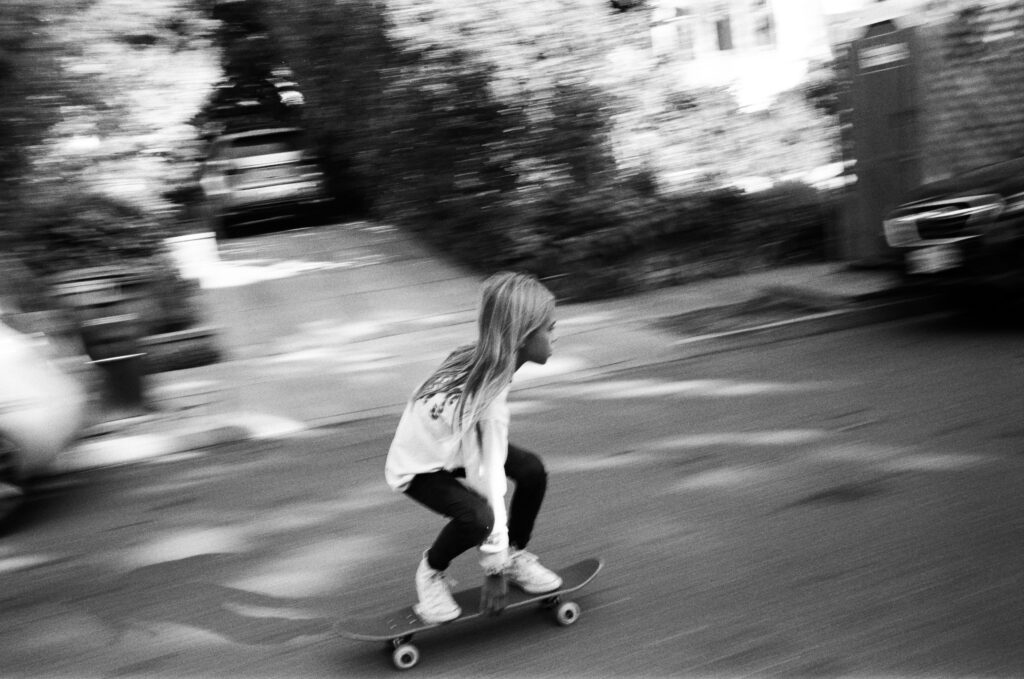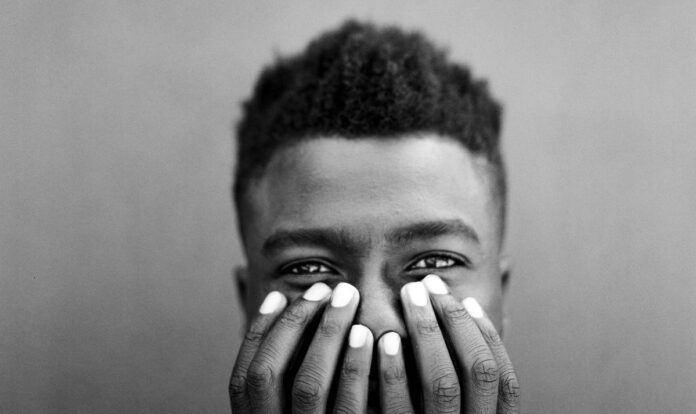Growing up in North Carolina, Do Photo: Observe. Compose. Capture. Stand out. author Andrew Paynter’s parents stressed politeness when raising him and his two siblings. He was taught to look people in the eye, shake hands, and ask questions to show interest.
Paynter, who now lives in Oakland, says when he moved to California he realized that ideas of politeness varied depending on your geographic location. He decided that the core of good manners was being present. He says that realization has helped in his work as a photographer.
“So much of what I do is about connecting with subjects,” he said. “And not just doing it to do it. I want to sincerely connect, so people don’t feel forced, and let down their guard.”
Paynter’s clients have included musicians and artists as well as Levi Strauss, Apple, and Rolling Stone, and recently completed Do Photo, in which he writes about his photography techniques. They revolve around this practice of observing and being in the moment.

Near the end of the book, Paynter writes about enjoying the quiz at the back of every issue of Vanity Fair that includes questions like, “What is the trait you most deplore in others?” and “Which talent would you most like to have?”
His answer to “What is your most treasured possession?” has always been his memories, he says. He thinks of photos as a means to preserving them.
When he was in his late teens and early 20s, Paynter witnessed his grandma’s dementia. His grandfather had made photo albums of their life together, and he says he and his family would use the photos to engage her memory. He thinks this is part of the reason he became a photographer.
“In a certain way, it allowed us to stay connected with my grandmother,” he said. “It propelled me to understand the power of the photograph.”

Paynter’s book is published by the Do Book Company, and came about after he gave a talk on visual language as part of the editorial’s Do Lecture series a couple years ago. He was invited to write a book, and for the project he came up with 10 best practices that he uses in his work, including “play,” “pace yourself,” and “disarm your subject.”
In Do Photo, Paynter argues for taking less pictures. He says he consciously tries not to constantly document his children, who are nearly six and 10, but rather to climb trees or play with them instead.
“I think being present allows you to see everything around you versus being distracted,” he said. “Sometimes the experience is more important than the photograph.”




